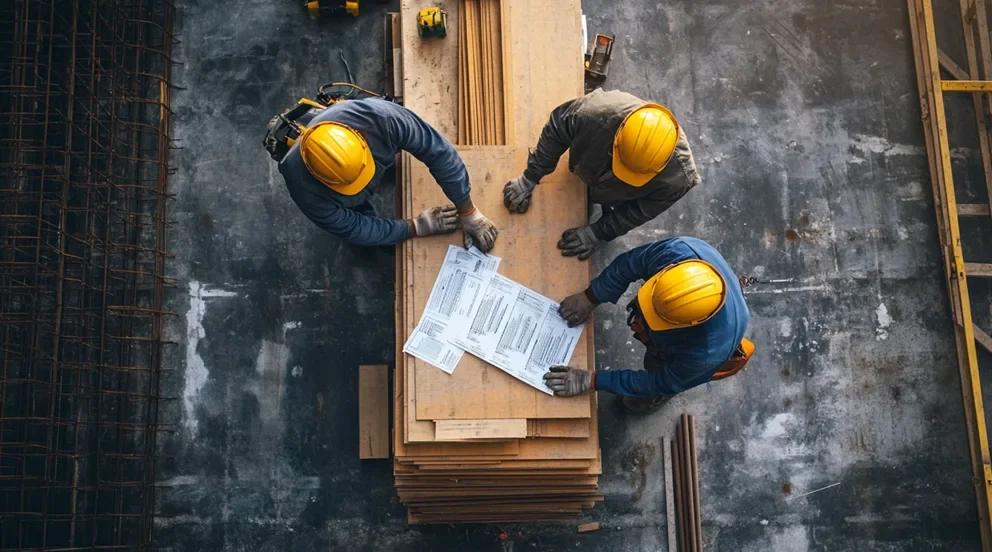A chimney sweep invoice is a detailed statement that a chimney sweep service provider issues to their clients. This document outlines the services performed, the number of hours worked, the cost per hour, and the total amount due. It essentially communicates the scope of work done and the related costs in a clear, concise manner.
The primary use of a chimney sweep invoice is to request payment from clients. It specifies the exact services rendered and their respective costs, eliminating any confusion. The invoice serves as a formal, professional record, ensuring the clients know what they are paying for.
Additionally, a chimney sweep invoice is useful for record-keeping purposes. It provides a systematic compilation of all transactions, making it easier for the service provider to track income, analyze business performance, and prepare for tax filings.
Moreover, the invoice aids in dispute resolution. If a disagreement arises about the services provided or the amount charged, the detailed invoice can provide a reference point. It records the agreed terms and conditions, acting as a form of contract between the service provider and the client.
A chimney sweep invoice is more than a tool for payment request. It plays a pivotal role in maintaining business transparency, accountability, and professionalism. It’s a key component in the smooth running of a chimney sweeping business, fostering trust and understanding between the service provider and their clients.
What details are typically included in a chimney sweep invoice?
A chimney sweep invoice typically includes several essential details to ensure transparent, professional, and efficient service provision. It typically begins with the service provider’s details, including the company’s name, contact information, and address. This is often followed by the customer’s data, such as name and address, for precise identification.
The main body of the invoice generally lists the services provided. This could include chimney inspection, chimney sweeping, or any repairs undertaken. Each service line item is usually accompanied by a brief description, outlining what was done, and the corresponding price, ensuring transparency.
The invoice also includes the date of service, ensuring that the customer can keep track of when the chimney was last serviced. It often also has an invoice number for easy reference and tracking.
A crucial part of the invoice is the total cost section. This usually comprises a breakdown of the individual service costs added up, any taxes applied, and the grand total the customer is required to pay.
Finally, at the bottom of the invoice, payment terms, methods accepted, and due date are generally stated. This ensures the customer knows when and how to make the payment. It may also include a warm, professional note thanking the customer for their business, reinforcing the service provider’s commitment to customer satisfaction.
How can a chimney sweep invoice be made more professional and comprehensive?
A chimney sweep invoice can become more professional and comprehensive by incorporating several elements. Begin by adding clear, reader-friendly headings to delineate sections. A well-structured invoice typically includes sections for services, pricing, and payment terms.
The services section should detail all tasks performed. Whether it’s a simple sweep, inspection, or more complex repair, each service should be listed individually. This approach fosters transparency and allows the client to understand what they are paying for.
In the pricing section, list out the cost for each service rendered, using non-technical, client-friendly language. Pricing should always be rational, consistent, and competitive within the market, to maintain client trust and encourage repeat business.
Payment terms are another crucial component. These should delineate when payment is due, acceptable payment methods, and any penalties for late payment. Making this explicit at outset helps avoid misunderstandings and maintains a professional relationship.
For a comprehensive touch, include a section for notes or comments. Here, chimney sweeps can offer personalized advice, such as maintenance tips, or note any potential issues observed during the service. This adds value, showcases expertise, and fosters client rapport.
Maintaining a consistent format across all invoices also adds to professionalism. Consistency sends the message that the chimney sweep is reliable and pays attention to detail.
Finally, ensure the invoice is free of errors. An error-riddled invoice looks unprofessional and can sow distrust. Proofread all the information before sending it to the client, double-checking details such as the client’s name and address, the date of service, and the calculations.
What are the common mistakes to avoid while creating a chimney sweep invoice?
Creating a chimney sweep invoice requires careful attention. One common mistake is neglecting to include essential details. This includes the service provider’s contact information, the customer’s details, a detailed list of services provided, the date of service, and the total cost. Incomplete or inaccurate information can lead to misunderstandings and delayed payments.
Using overly technical jargon is another mistake to avoid. While it is necessary to be precise about the services rendered, using language that the average customer might not understand can cause confusion. Always aim for simplicity and clarity in descriptions.
Another common error is failing to itemize services. Lump sum invoices may make it challenging for clients to understand what they’re paying for. Break down the costs to enhance transparency and build trust with your clients.
Neglecting to clearly state payment terms is a frequent oversight. Specify the due date for payments, accepted payment methods, and potential late payment penalties. This can help avoid disputes and ensure timely payments.
Lastly, not having a unique invoice number for each invoice can lead to record-keeping issues. Sequential numbering helps track invoices and payments, facilitating smoother financial management.
Is there any specific software or online service recommended for creating chimney sweep invoices?
Choosing an online service specifically designed for generating chimney sweep invoices can streamline your billing process, making it more efficient and hassle-free. These services cater to diverse industries, including chimney sweeping. They let you create professional, detailed invoices quickly, eliminating the need for tedious manual record-keeping.
One of the key benefits of using these platforms is the customization they offer. You can integrate your business logo, contact details, and services into the invoice design, creating a personalized brand representation. Plus, you can define your payment terms, due dates, and preferred payment methods, adding more clarity to your transactions.
Automation forms another crucial part of these services. Not only can you automate invoice generation, freeing up time spent on repetitive tasks, but you can also schedule reminders for overdue payments. This automation aids in ensuring timely collections.
Security is another significant advantage of using these services. All the invoice data is stored online securely, eliminating risks associated with physical document storage like damage or loss. This secure storage also offers easy access to previous invoices whenever necessary.
While no singular software or online service stands out as the best for chimney sweep invoices, many platforms offer customizable and flexible features to suit your business needs.
How often is a chimney sweep invoice issued and what is the standard payment period?
A chimney sweep invoice is typically issued after completion of the service. It’s a formal request for payment, outlining the work done, the cost, and the payment terms. Usually, a chimney sweep issues an invoice immediately after completing the work. This quick issuance ensures transparency, enabling the homeowner to see exactly what work was done and what charges apply.
The standard payment period for a chimney sweep invoice varies depending on the professional’s policies. Often, the payment period is within 30 days from the invoice date, but it may be shorter in some cases. This period is stated clearly on the invoice, giving the homeowner a definite timeline for making the payment. Prompt payment is highly encouraged as it helps maintain a positive, ongoing relationship between the homeowner and the chimney sweep professional.
In all transactions, communication is key. If a homeowner anticipates difficulty in making payment within the stipulated time, it’s advisable to discuss this with the service provider. Many professionals are willing to set up payment plans or extend the payment period when necessary. It’s always best to address these concerns early to prevent potential misunderstandings or disputes.
What differentiates a well-structured chimney sweep invoice from a poorly organized one?
A well-structured chimney sweep invoice stands out clearly from a poorly organized one. It presents all necessary information in a logical and reader-friendly fashion. It begins with contact details of both the service provider and the client, ensuring a solid line of communication.
Next, it itemizes the services provided, detailing each task individually. For instance, it distinguishes between sweeping, inspection, and repair work. Such granular detailing helps the client comprehend the work scope and its corresponding charges.
In contrast, a poorly organized invoice clusters all tasks under one vague category like ‘chimney services’. This lack of clarity can lead to confusion and disagreements over the cost.
A well-structured invoice also includes the terms of payment. It clearly states the acceptable modes of payment, the due date, and any penalties for late payment. This transparency fosters trust and avoids future disputes.
A poorly organized invoice may omit these details, leaving the client clueless and potentially causing delayed payments.
One key differentiator is the presentation of costs. A well-structured invoice provides a complete breakdown, listing labor, materials, and any additional charges separately. By contrast, a poorly organized invoice may present a lump sum, leaving clients unsure about what they are paying for.
Finally, a well-organized invoice is professional and warm in tone, enhancing customer experience and relationship. It avoids jargon, and uses simple, straightforward language. A poorly organized invoice, on the other hand, may employ technical terms or impersonal language, alienating the client.
Key Takeaways:
– A unique invoice number for each chimney sweep invoice helps in tracking invoices and payments.
– Using an online service can make creating chimney sweep invoices more efficient, offering customization options and automation.
– Chimney sweep invoices are typically issued immediately after the completion of service, with a standard payment period often within 30 days from the invoice date.
– A well-structured chimney sweep invoice includes contact details, itemized services, clear terms of payment, a complete cost breakdown, and employs a professional, warm tone.
– Poorly organized invoices may lead to confusion, disagreements on cost, and delayed payments.



